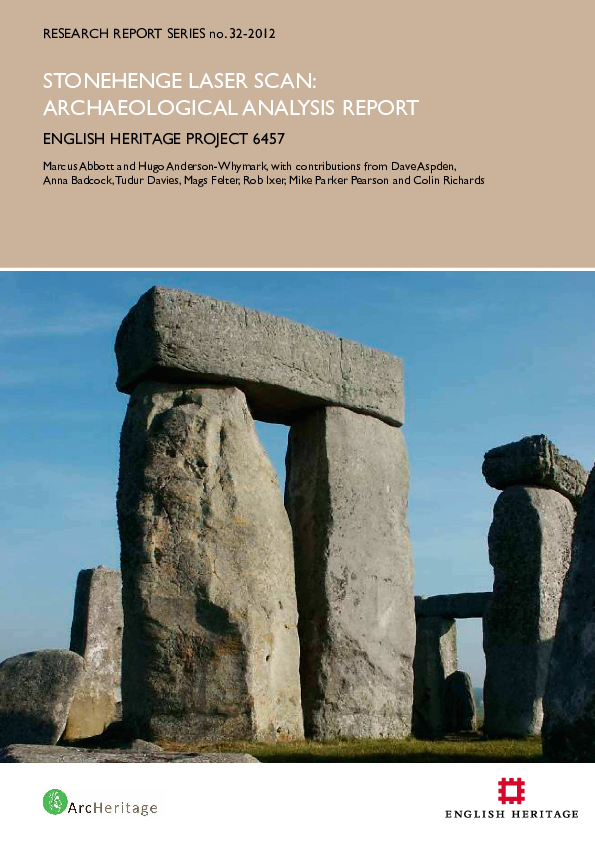With our feet firmly on the ground we can be confident we are in the landscape. However in some cases where we stand the remains of older landscapes can be found beneath us. These remains can be buried deep beneath sediments: perhaps sealed beneath wind blown sands, covered by soils which have moved down steep slopes, or hidden by silts carried in waters when rivers flood.
 Fragments of other landscapes can also be found preserved beneath waters. One example is where dams have raised water levels during the creation reservoirs and submerged landscapes and buildings. During some hot summers, when the water levels recede, a strange landscape is temporarily revealed.
Fragments of other landscapes can also be found preserved beneath waters. One example is where dams have raised water levels during the creation reservoirs and submerged landscapes and buildings. During some hot summers, when the water levels recede, a strange landscape is temporarily revealed.
 The stone of structures is eerily clean, like bleached bone on a beach…
The stone of structures is eerily clean, like bleached bone on a beach…
But it is not long, with the rains of autumn, until the waters reclaim them !










 Turn the handle and the voice of the past will fill the air…
Turn the handle and the voice of the past will fill the air…
